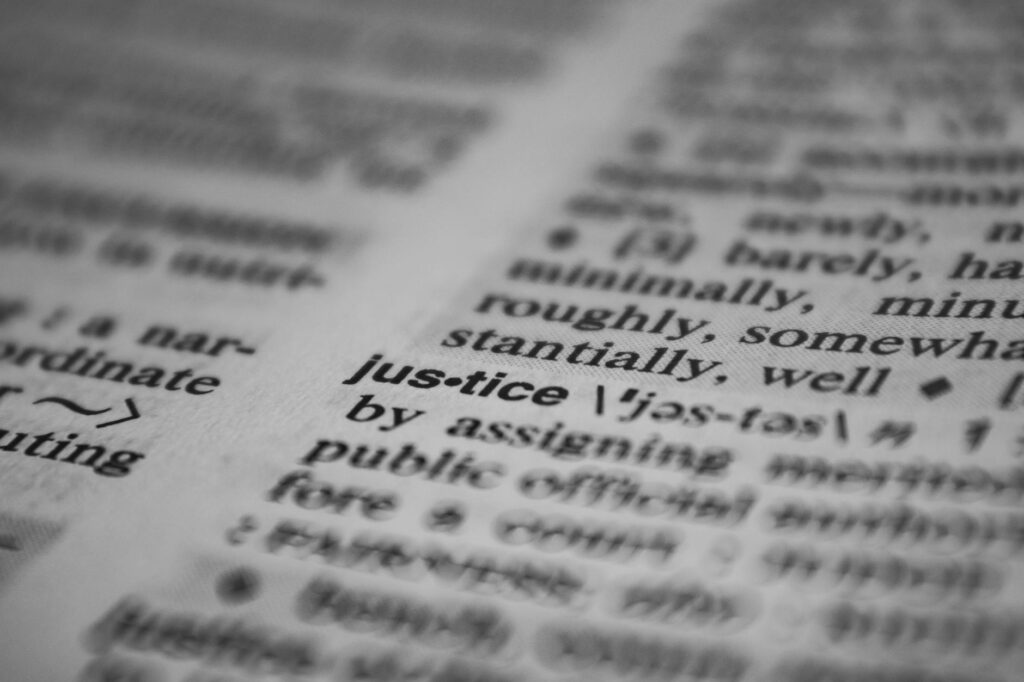Legal language—often referred to as “legalese”—has long been the gatekeeper of the law. Filled with archaic phrases, convoluted sentence structures, and technical jargon, it has made legal documents intimidating and inaccessible to the average person. But in a world that increasingly values transparency, efficiency, and accessibility, there is a growing demand to simplify how we communicate the law. In fact, simplifying legal language isn’t just a convenience—it’s a necessity.
The Problem with Legalese
For centuries, legal writing has maintained a distinct style. Phrases like “heretofore,” “notwithstanding,” and “in witness whereof” are still commonly found in contracts, court rulings, and policy agreements. This tradition dates back to when legal professionals wanted to preserve formality and precision. However, the unintended result has been confusion, misinterpretation, and often, legal vulnerability for those outside the legal profession.
This complexity isn’t limited to courtrooms. Everyday documents—rental agreements, employment contracts, privacy policies, and even terms of service—are filled with language that most people either skim or ignore entirely. A 2019 survey found that nearly 60% of people do not read or understand the legal agreements they sign. This can lead to everything from missed obligations to unfair terms going unchallenged.
Why Now? The Modern Push for Plain Language
So why is the movement to simplify legal language gaining more traction today than ever before? There are a few major forces driving this shift:
- Digital Access and Self-Service Legal Tools
The internet has empowered individuals to handle tasks that once required professional help—filing taxes, managing business licenses, and writing wills, to name a few. With self-service legal platforms on the rise, clear, understandable language is critical. People need to be able to understand what they are agreeing to without hiring a lawyer for every step. - Consumer Expectations Have Changed
In today’s age of instant access and user-friendly interfaces, consumers have little patience for dense, unreadable content. We expect clear communication from every service provider—banks, tech companies, health insurers—and legal information should be no exception. - Regulatory Pressure and Legal Reform
Governments and courts are also taking note. In some countries, legislation now mandates that legal documents, such as consumer contracts or privacy policies, must be written in plain language. Regulatory bodies like the U.S. Securities and Exchange Commission (SEC) have even issued guidance on writing public disclosures that are “clear, concise, and understandable.” - The Role of AI and Legal Tech
With AI-powered platforms like Legalese Decoder, there’s a new way to bridge the gap between traditional legal writing and plain language. These tools automatically translate complex documents into easy-to-understand summaries, making it easier for everyone, from individuals to small businesses, to make informed decisions.
Real-World Impacts of Complex Legal Language
The risks of maintaining overly complicated legal language aren’t just theoretical—they play out in real life every day:
- Unfair Contract Terms Go Unnoticed: Predatory clauses in financial agreements, rental leases, or online service contracts often escape notice because they are buried in complex text. This leads to situations where people unknowingly waive rights or accept unfavourable terms.
- Small Businesses Face Costly Mistakes: Entrepreneurs and startups may inadvertently breach contracts or fail to meet legal obligations simply because they didn’t fully understand the agreements they signed.
- Vulnerable Populations Are Disproportionately Affected: Those with lower literacy levels or non-native speakers may find legal documents especially confusing, limiting their access to justice and essential services.
The Benefits of Plain Legal Language
By translating legal documents into plain language, we not only make the law more accessible but also improve trust, compliance, and outcomes. Here’s how:
- Empowerment Through Understanding: People are more likely to follow the rules, meet obligations, and defend their rights when they clearly understand them. Simplified language leads to better-informed decisions.
- Reduced Legal Disputes: When both parties understand an agreement, there’s less room for misunderstanding—and therefore, less risk of future litigation.
- Cost Savings for All Parties: Clear communication can reduce the need for legal interpretation, saving time and money for individuals, businesses, and the judicial system.
- Improved Public Trust: Institutions that use plain language signal that they value openness and transparency, which in turn increases public confidence in the legal system.
Making Plain Language the Norm, Not the Exception
Change won’t happen overnight, but it is happening. Legal educators are beginning to emphasize clear writing. Legal tech companies are offering tools that automatically simplify contracts. And some law firms are rebranding themselves as accessible and client-friendly by ditching traditional legalese.
Still, there’s work to be done. Legal professionals must see plain language not as a threat to accuracy, but as a way to enhance clarity without sacrificing legal integrity. Likewise, consumers and businesses need to demand that the documents they interact with are not just legally binding—but also understandable.
Final Thoughts
In a fast-moving, digital-first world, clear legal communication is more than just a nice-to-have feature—it’s a foundational element of fairness, efficiency, and justice. Simplifying legal language means levelling the playing field for everyone, not just those with legal training. Whether you’re signing a lease, launching a startup, or simply accepting terms and conditions, you have a right to understand what you’re agreeing to.

